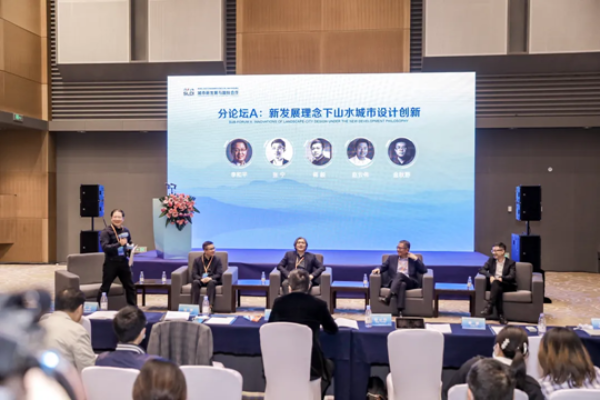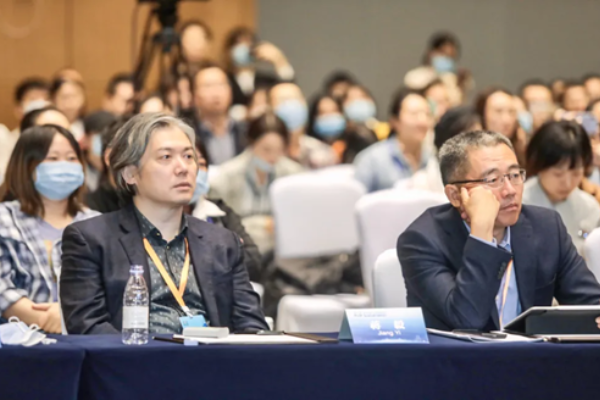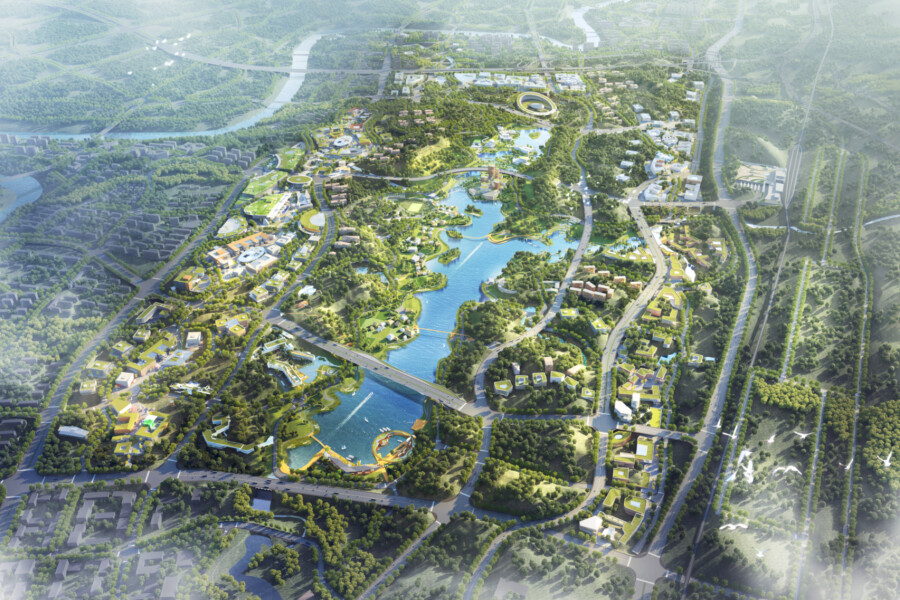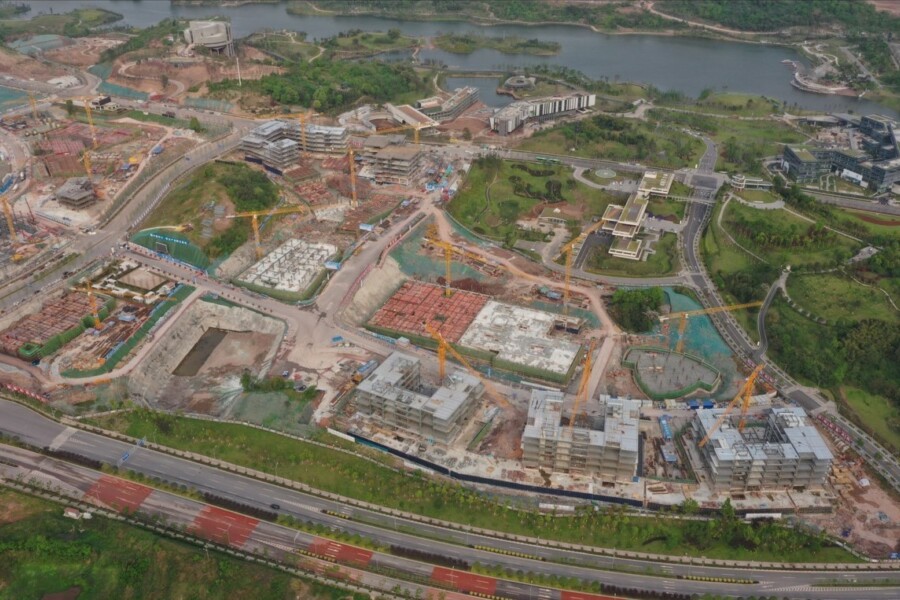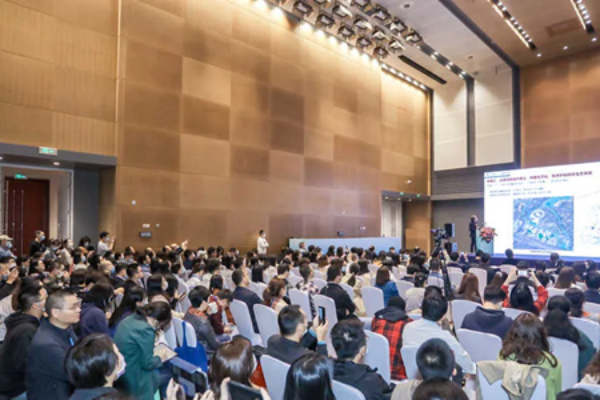
Chapman Taylor attends the International Forum on Sustainable City Development in Chongqing, China
Director Johnny Jiang, from Chapman Taylor’s Shanghai studio, spoke at the forum on 12-13 October.
The two-day event, hosted by The School of Architecture and Urban Planning of Chongqing University, focused on discussing the latest thinking on the creation of sustainable new cities through sustainable urban design.
On the second day, Johnny spoke on the issue of ‘Green and sustainable urban design'. He used examples designed by Chapman Taylor, such as Liangjiang Collaborative Innovation Zone, a 680-hectare, sustainable Smart City which is being built in Chongqing. Sustainability is embedded in the project, which is planned to be self-sufficient in energy needs – using solar, biomass and hydroelectric power sources, resulting in a saving of over 450,000 tons of CO² per annum.
He also spoke about Chapman Taylor’s experience in designing sustainable Sponge Cities. A sponge city is an urban area that has been designed to cope with excess rainfall using a variety of techniques. Existing urban areas often have to deal with flooding caused by heavy rain, high tides or swollen rivers, and sponge city design can mitigate or prevent such events by providing the area with the ability to naturally absorb the water.
Xichong, Nan'ao, Dapeng New District in Shenzhen | Coastal wetlands and fishponds designed using Sponge City principles
Chapman Taylor is committed to the principles of Responsible Design. Our Responsible Design approach can be summarised as: “Designing for the wellbeing of people, places and the planet”. We aim to ensure that our Responsible Design principles are embedded at the outset of every project we undertake across the world. Our core values have always focused on sustainable design for people and places, but now more than ever we consider the impact of design on our planet to help mitigate the global climate crisis.
